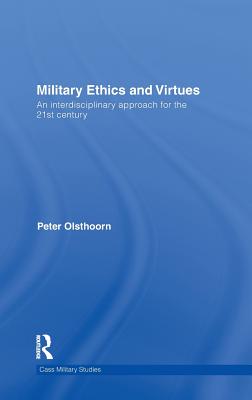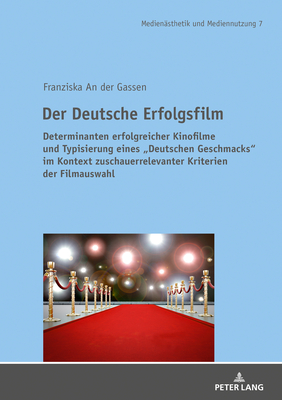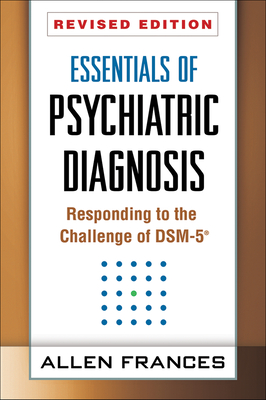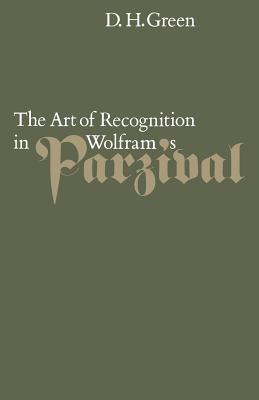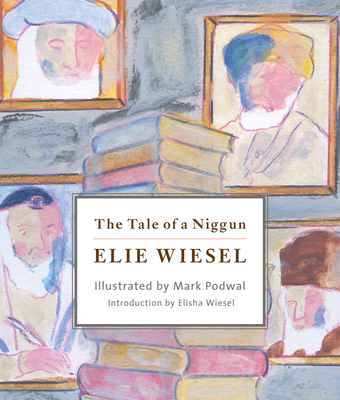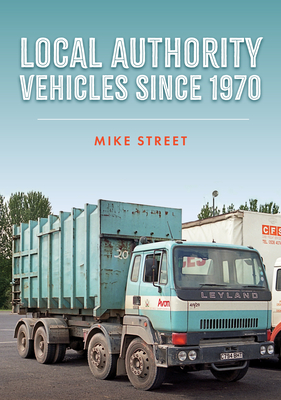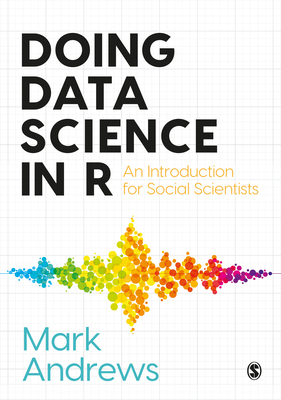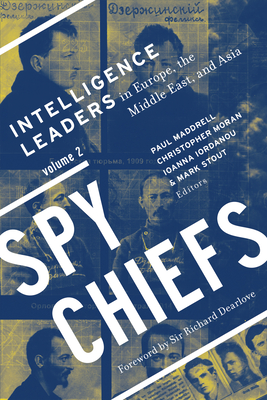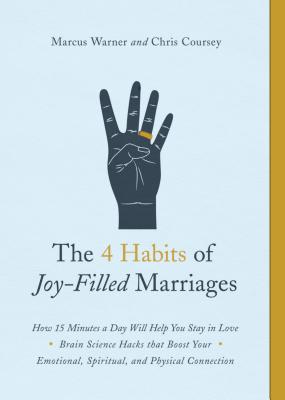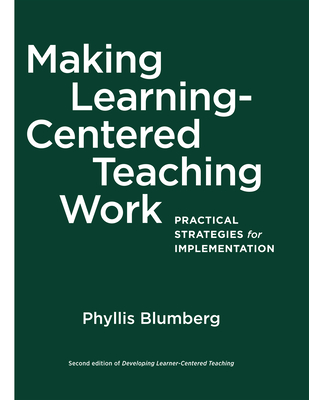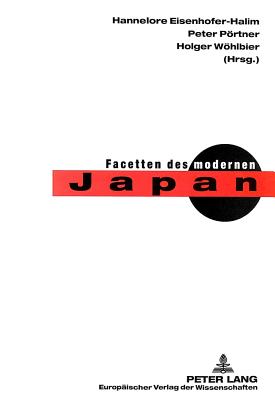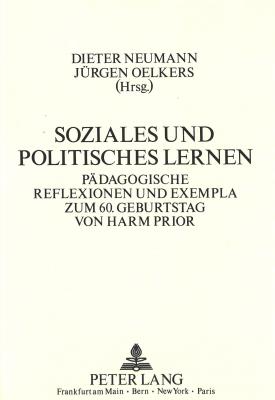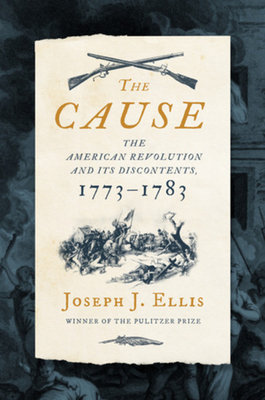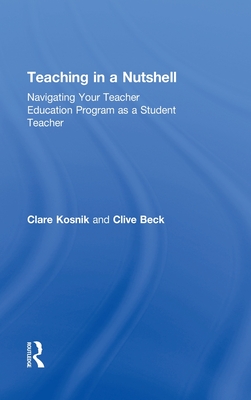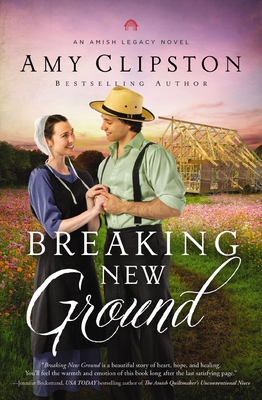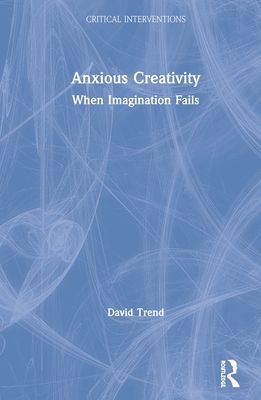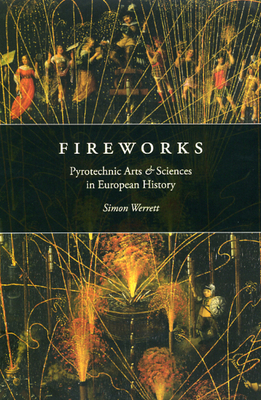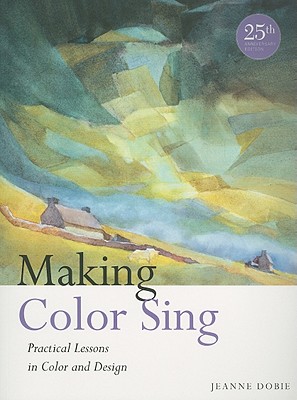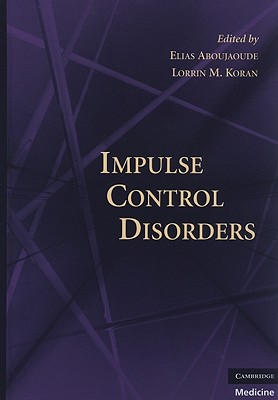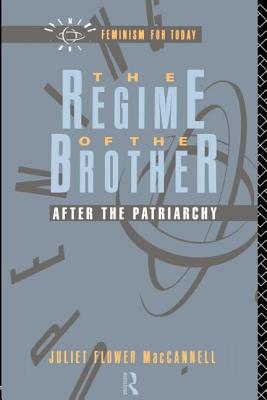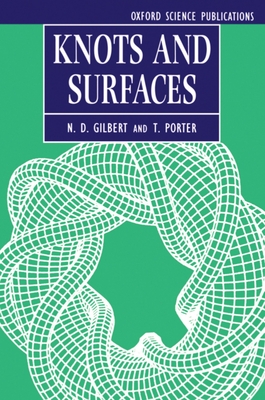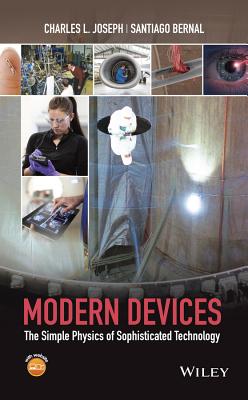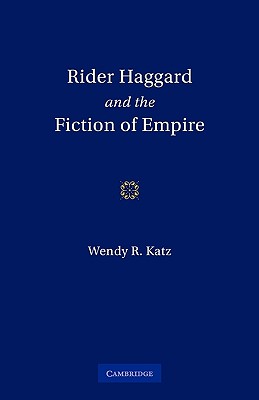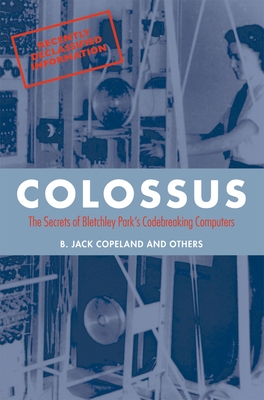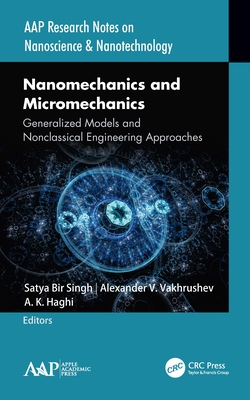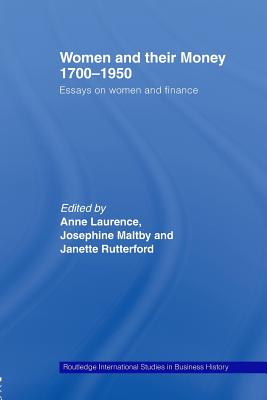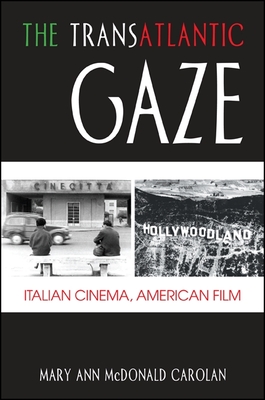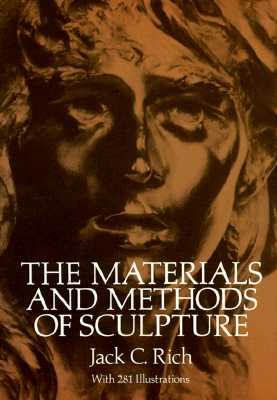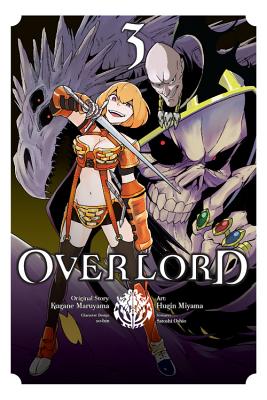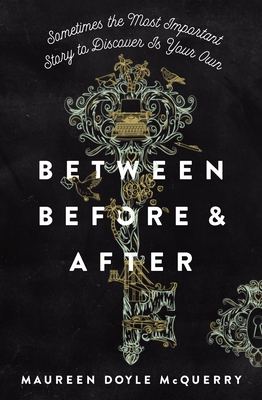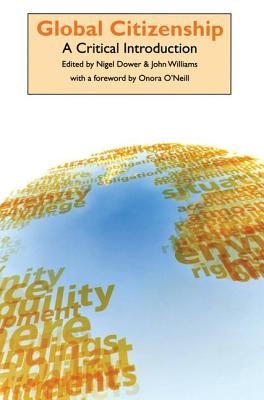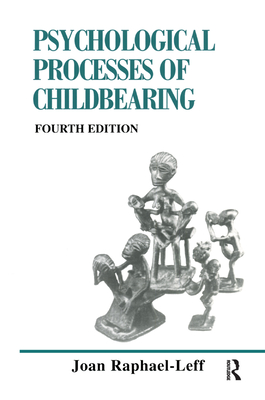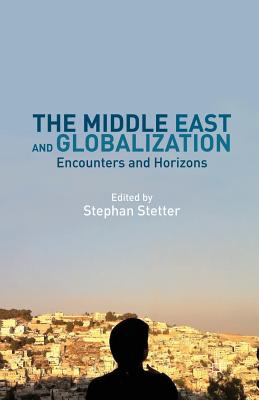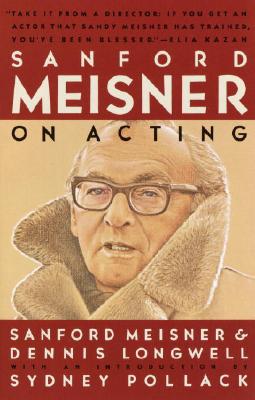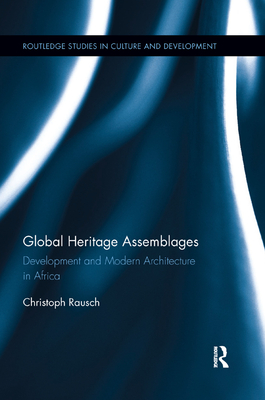An extraordinary fraternity of poets, painters and composers in Paris, between 1885 and 1945, built our modern notion of ’great art’ on the principle that we must always think about the value of a work of art, not within the logic of its own medium, but as if it transposed the value of another medium. Peter Dayan chronicles the rise of this principle, describes its eclipse from the 1960s and shows how, in the 21st century, it is fighting back.
In 1877, Ruskin accused Whistler of ’flinging a pot of paint in the public’s face’. Was he right? After all, Whistler always denied that the true function of art was to represent anything. If a painting does not represent, what is it, other than mere paint, flung in the public’s face? Whistler’s answer was simple: painting is music - or it is poetry. Georges Braque, half a century later, echoed Whistler’s answer. So did Braque’s friends Apollinaire and Ponge. They presented their poetry as music too - and as painting. But meanwhile, composers such as Satie and Stravinsky were presenting their own art - music - as if it transposed the values of painting or of poetry. The fundamental principle of this intermedial aesthetic, which bound together an extraordinary fraternity of artists in all media in Paris, from 1885 to 1945, was this: we must always think about the value of a work of art, not within the logic of its own medium, but as if it transposed the value of art in another medium. Peter Dayan traces the history of this principle: how it created our very notion of ’great art’, why it declined as a vision from the 1960s and how, in the 21st century, it is fighting back.
Get Art as Music, Music as Poetry, Poetry as Art, from Whistler to Stravinsky and Beyond by at the best price and quality guranteed only at Werezi Africa largest book ecommerce store. The book was published by Taylor & Francis Ltd and it has pages. Enjoy Shopping Best Offers & Deals on books Online from Werezi - Receive at your doorstep - Fast Delivery - Secure mode of Payment
 Jacket, Women
Jacket, Women
 Woolend Jacket
Woolend Jacket
 Western denim
Western denim
 Mini Dresss
Mini Dresss
 Jacket, Women
Jacket, Women
 Woolend Jacket
Woolend Jacket
 Western denim
Western denim
 Mini Dresss
Mini Dresss
 Jacket, Women
Jacket, Women
 Woolend Jacket
Woolend Jacket
 Western denim
Western denim
 Mini Dresss
Mini Dresss
 Jacket, Women
Jacket, Women
 Woolend Jacket
Woolend Jacket
 Western denim
Western denim
 Mini Dresss
Mini Dresss
 Jacket, Women
Jacket, Women
 Woolend Jacket
Woolend Jacket
 Western denim
Western denim
 Mini Dresss
Mini Dresss






